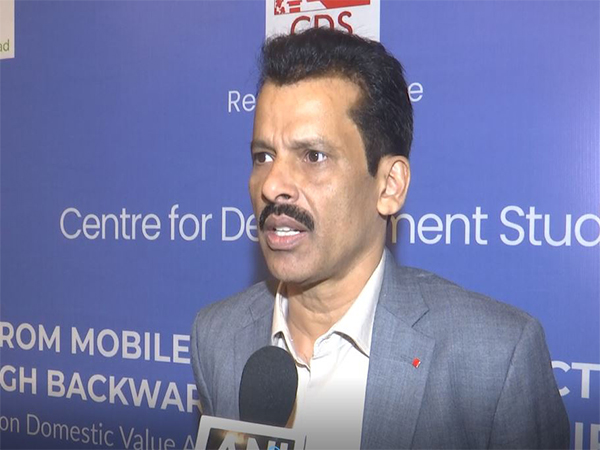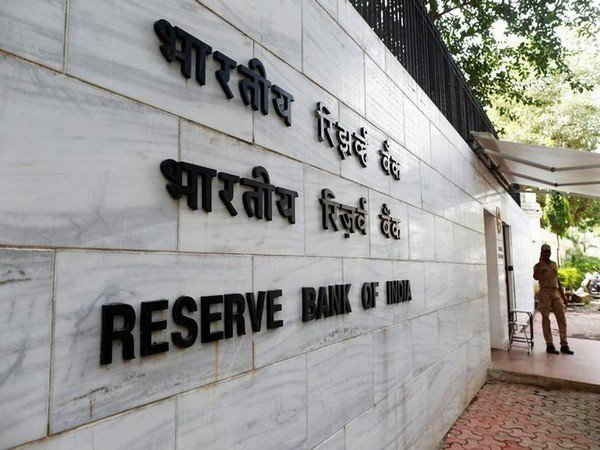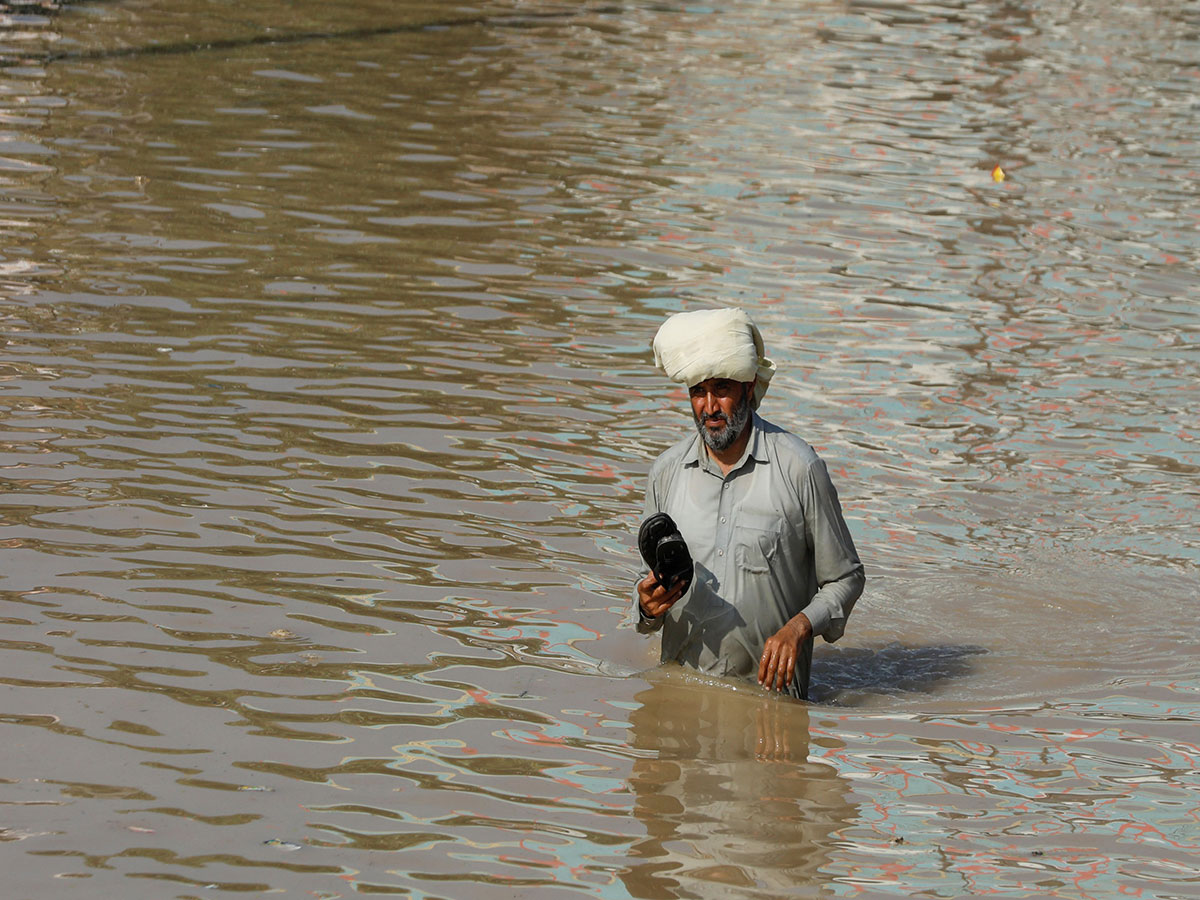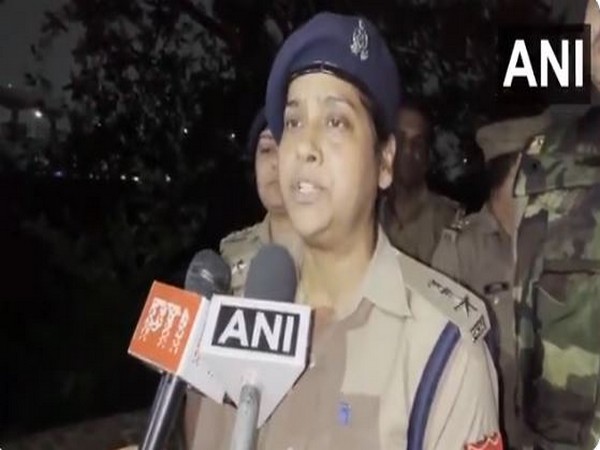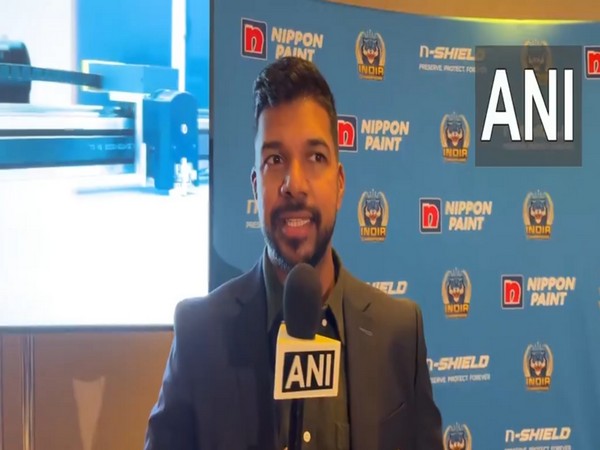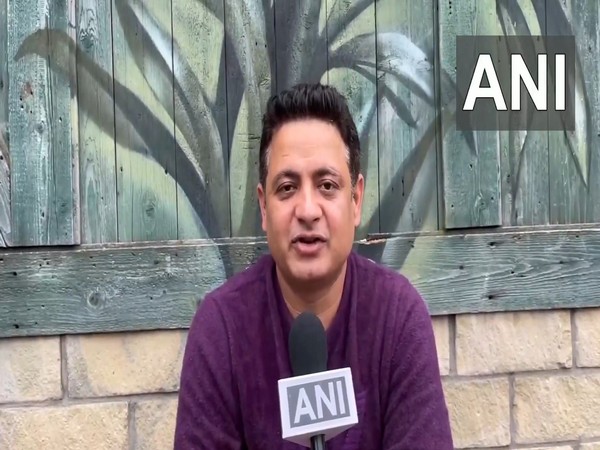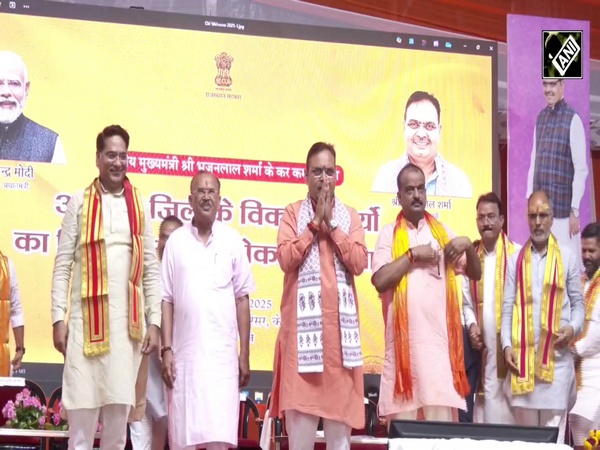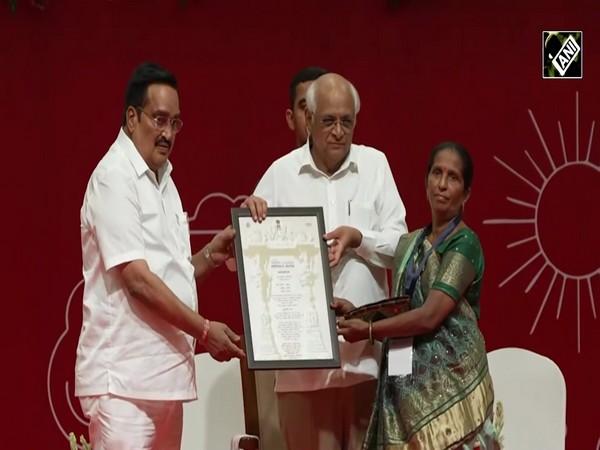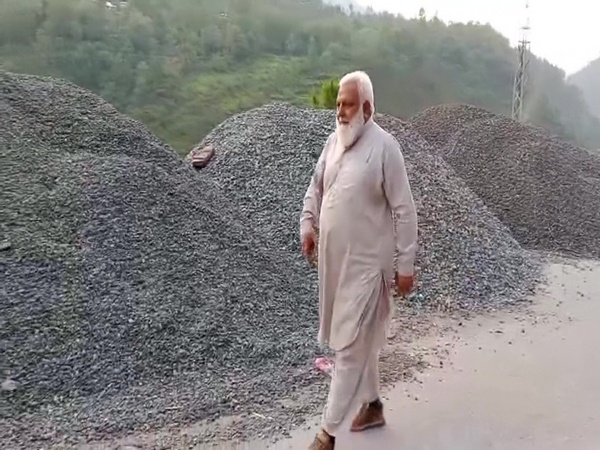India's IN-SPACe unveils space economy vision, focus on demand creation, local manufacturing
Oct 10, 2023

Bengaluru (Karnataka) [India], October 10 : Indian National Space Promotion and Authorization Centre (IN-SPACe), the nodal agency under the Department of Space (DOS), on Monday unveiled the decadal vision and strategy for Indian space economy.
IN-SPACe is an autonomous nodal agency formed in June 2020 to "promote, enable, authorize and supervise non-government entities" to undertake space activities.
The decadal vision, through which it wishes to address the creation of demand, local manufacturing capabilities, and infrastructure and provide for a comprehensive regulatory framework that will encourage and facilitate private participation in the sector.
Strategy for the Indian space economy will be achieved through ten key strategic and enabling capabilities -- demand generation, earth observation platform, communication platform, navigation platform, research and development, ecosystem, creation of a talent pool, access to finance, international synergy and collaboration, and lastly policy and regulation.
The space ecosystem is broadly divided into three groups - Space-for-Earth, Access-to-Space and Space-for-Space.
At present, the Indian space economy is valued at around USD 8 billion with a 2 per cent global share. It is expected that it has the potential to reach USD 44 billion by 2033 with about 8 per cent share.
The decadal vision and strategy has been developed by IN-SPACe and ISRO along with other stakeholders.
Pawan Goenka, Chairman, IN -SPACe said, "As we unveil the decadal vision for Indian space economy, we emphasize that the future of the Indian space sector is a shared endeavor. Hence, our strategy fosters an era of collaboration between all stakeholders to accelerate growth. ISRO is opening its doors wider than ever to private sector participation, so that together, we can successfully boost the space economy for a resurgent Aatmnirbhar Bharat."
S Somanath, Secretary, DoS and Chairman, ISRO said, "The recent space sector reforms by the Government of India has given a thrust in enabling the private sector to play a significant role in the development of the Indian space ecosystem. The decadal vision defines a roadmap on how the Department of Space along with IN-SPACe and ISRO will drive the emergence of private players. We are already witnessing the early signs of success of this endeavor."
In an event last month, the ISRO chief had said he sees substantial potential in the Indian space during its 'Amritkaal', particularly in the application, services, and manufacturing domain.
"When we reach our Amritkaal, the share of our economy in space will be substantially higher and it will come out in the secondary and tertiary sectors, and not by building rockets and satellites but by building applications, services, and manufacturing in India," Somanath said addressing the 50th national management convention of All India Management Association (AIMA).
He had cited examples such as hyperlocal weather update services, map services, remote sensing, and communication applications, among others which have tremendous use cases.
On August 23, India took a giant leap as the Chandrayaan-3 lander module successfully landed on the moon's South Pole, making it the first country to have achieved the historic feat and bringing to an end the disappointment over the crash landing of the Chandrayaan-2, four years ago.
India became the fourth country - after the US, China, and Russia - to have successfully landed on the moon's surface.
After having landed, the Vikram lander and the Pragyan rover performed different sets of tasks on the lunar surface, including finding the presence of sulphur and other minor elements, recording relative temperature, and listening to movements around it.
Soon after the soft landing of Chandrayaan-3, India launched its maiden solar mission Aditya-L1 on September 2. So far in its journey, the spacecraft has undergone four earth-bound manoeuvres and a Trans-Lagrangean Point 1 Insertion (TL1I) manoeuvres, all successfully. In the process, the spacecraft successfully escaped the sphere of Earth's influence.
On Sunday, the Aditya-L1 spacecraft performed a trajectory correction manoeuvre (TCM), for about 16 seconds, which was needed to correct the trajectory evaluated after tracking to keep it in its intended path.
Meanwhile, ISRO has started preparations for unmanned flight tests as part of the Gaganyaan mission. The space agency said the first development flight Test Vehicle (TV-D1) is in the final stages of preparation.

